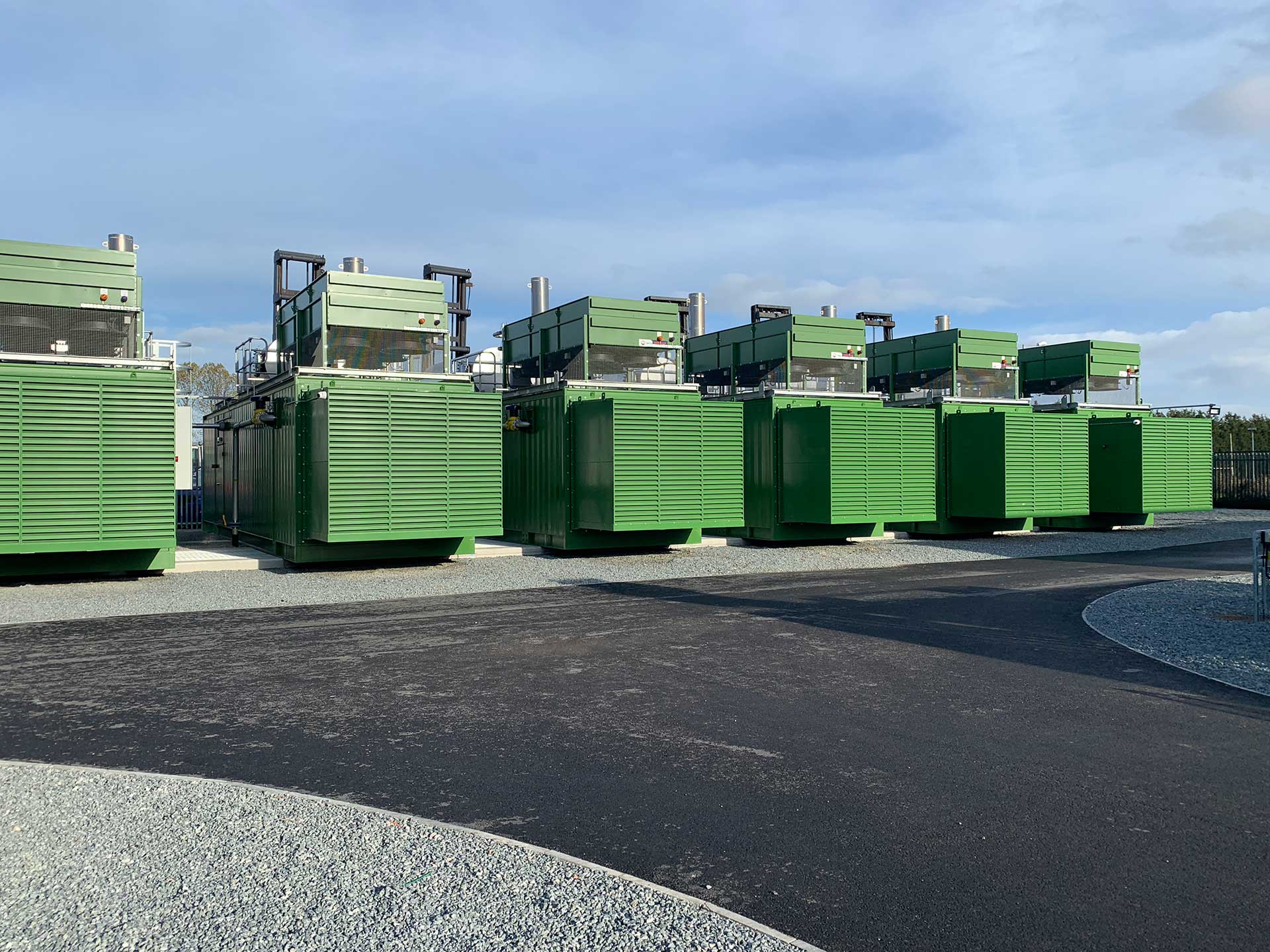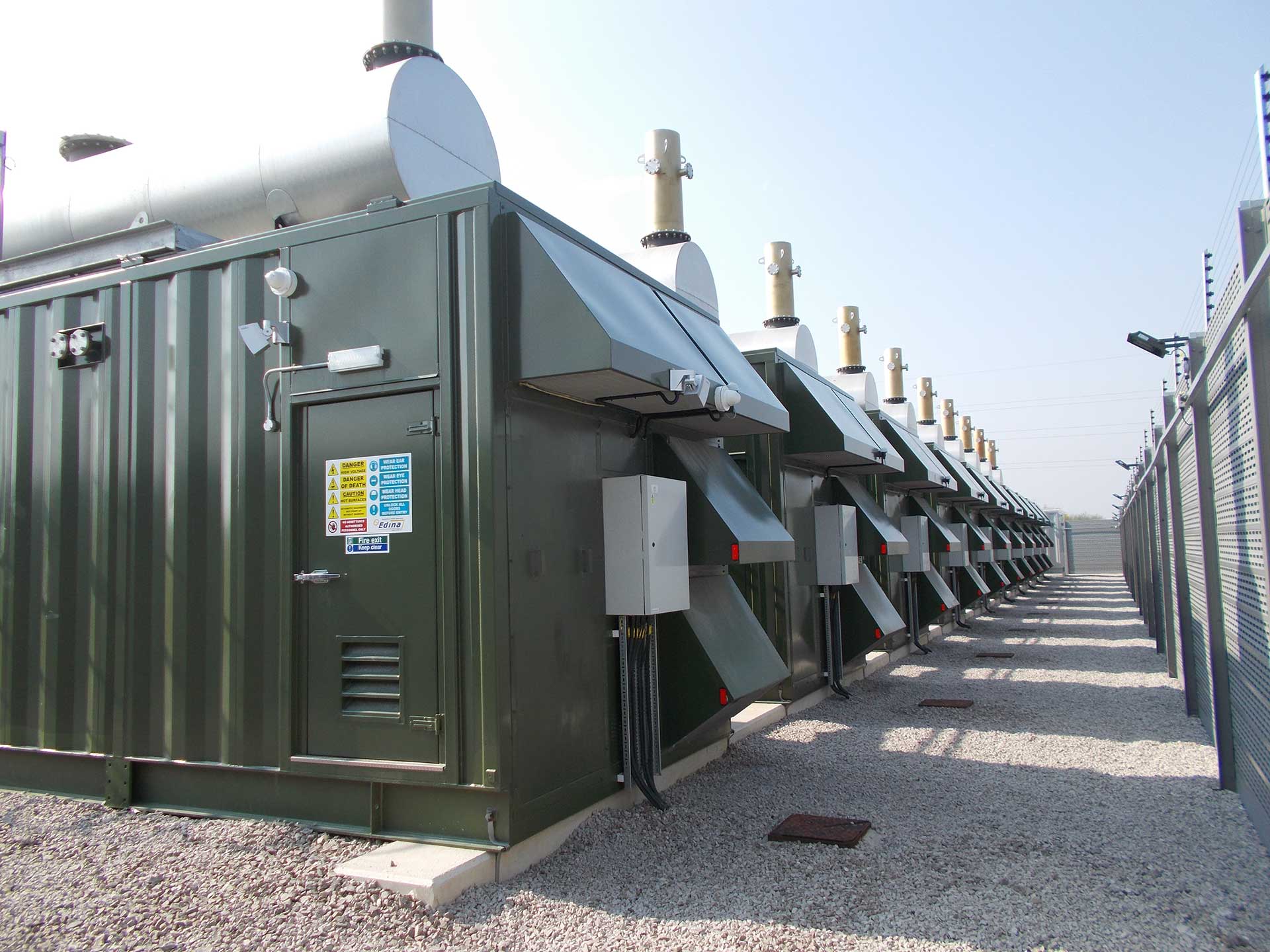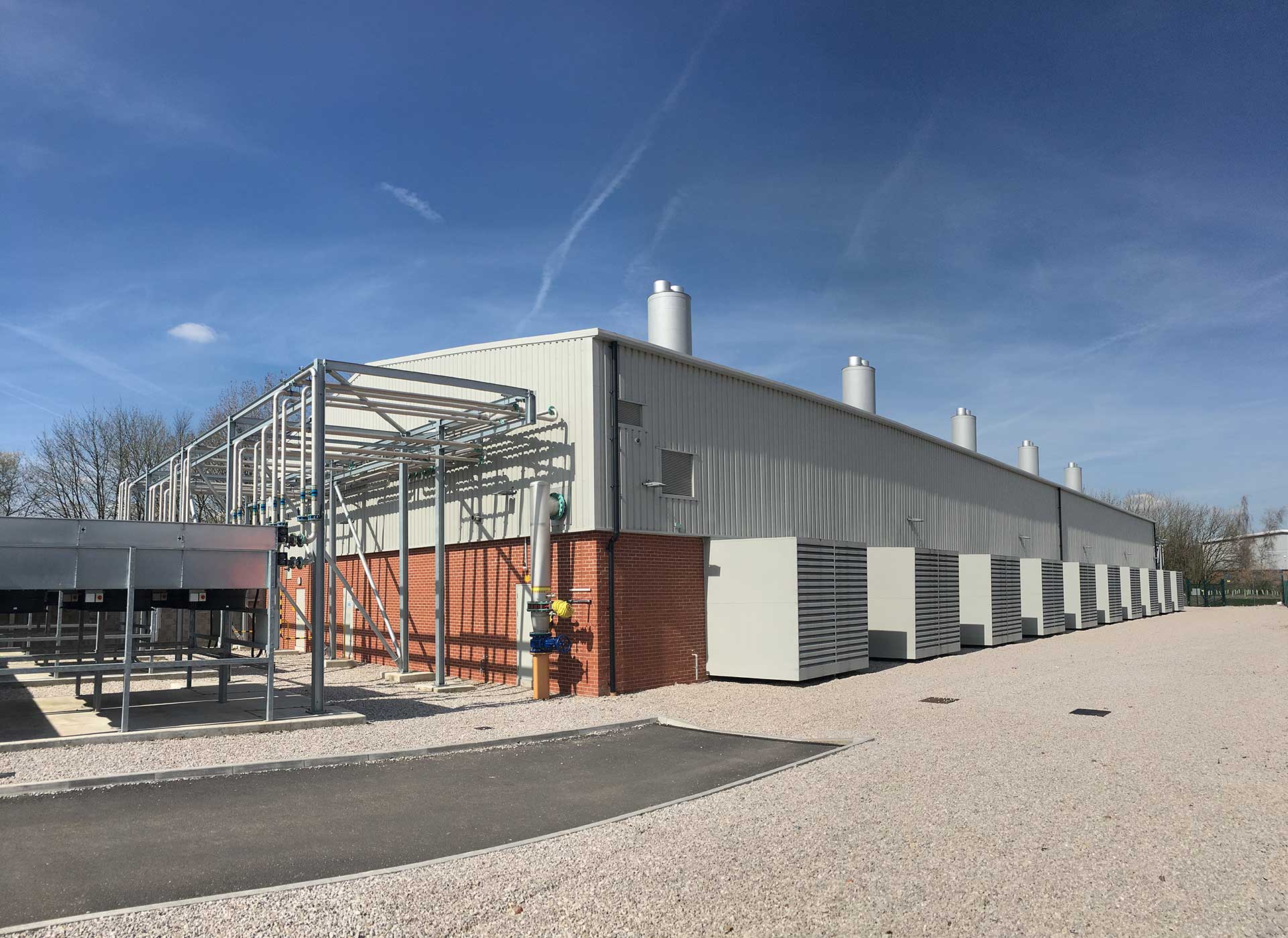Search

Gas-fired peaking plants, often known as peak-lopping or peaker plants, are power plants designed to balance the fluctuating power requirement in the electricity network and operate during periods of high-level demand for electricity or shortfalls of electricity supply.
This demand and supply variation is due to increases in renewable energy sources (wind and solar) connected to the electricity grid as part of the UK’s effort to cut CO2 emissions. As such, these intermittent and unpredictable renewable sources pose a risk of increased fluctuations in energy supply.
The Digest of UK Energy Statistics (DUKES) recent report published and updated in 2023 by the Department for Business, Energy & Industrial Strategy states that renewables’ share of UK generation was at a record level of 46.4 per cent, up 4.7 per cent in 2022. This has grown significantly since 2000 when renewable generation was just 2.6 per cent.

Maximise trading avenues
High efficiency / low switch-on price
Increased electrical output
Rapid start times
Modular plug and play approach
Balance power fluctuations within the grid caused by intermittent renewable supply
Support the growth of renewable generation onto the network
Peak-lopping power plants provide important balancing services where weather conditions prevent output either when the wind isn’t blowing or the sun isn’t shining. Peaking plants address this imbalance and reduce stress on the electricity grid, providing power stability – to potentially avoid blackouts and maintain the security of electricity supply.
Unlike base load power plants, reserve peak-lopping plants operate in standby mode when not in use and are called to operate by the electricity grid when there is a demand to supply electricity.
Payments are made to either generate in periods of high electrical demand or reduce electrical load to balance the electricity grid.
During the early planning and design stages of any peaking plant project, several important site and development factors such as easement, points of connection, and civil works, should be considered to ensure a successful commercial operation and unforeseen risks are mitigated.
Read our Peaking Plant Key Site and Development Considerations guide to expedite the energisation of your project.
Demand side response (DSR) mechanisms like the Short-Term Operating Reserve (STOR) and the Capacity Market are designed to level out imbalances in power supply and demand.
During periods of peak power demand, or to guard against supply disruption or grid instability, the National Grid makes use of DSR programmes. These include STOR and the Capacity Market.
Short Term Operating Reserve (STOR) mitigates the effects of short term volatility by securing additional generation or demand reduction.
When instructed by the National Grid, STOR providers can start generators or cut electricity demand to a pre-agreed level. In return, providers receive availability payments when they are ‘on call’ during contracted availability windows. They also receive utilisation payments when their service is delivered to the grid.
To participate in STOR, organisations need to be able to provide a minimum of 3MW of generation or steady demand reduction and be able to sustain it for at least two hours. Because it is a short term reserve system, providers must also be able to respond quickly to instructions from the grid, ideally within 20 minutes.
The Capacity Market is another demand-side response mechanism that pays organisations for providing reliable, low-carbon capacity to meet future demand forecasts.
This is more of a long-term balancing mechanism and offers financial incentives to ensure that generators are kept on standby and ready to provide back-up electricity when demand is required.
Capacity agreements are arranged four years in advance at special auctions, which potential suppliers must qualify for.
The UK Capacity Market has recently been reinstated following a 12-month suspension to enable the European Commission to investigate whether the scheme contravened State Aid rules. In November 2019 the suspension was overturned when investigators confirmed that the scheme is necessary to guarantee the security of electricity supply in Great Britain, is in line with EU energy policy objectives, and does not distort competition in the Single Market.

With over 500MWe Peaking Plants installed across the UK and a further 200MWe currently in build and awaiting energisation, we can provide the full EPC contract, all from one point of contact, to include:
Liaison with external bodies
Site ground works
Foundation, design and construction
Building design and construction
Power and control cabling infrastructure
Building services fit out (lighting, power, fire alarms, etc)
Supply of generating equipment
Control Panel systems and engine container manufacture
Plant Installation
Plant Commissioning
24/7 Plant Service and Maintenance
If you are interested in learning more about the peaking sector or looking to develop a site capable of utilising MWM gas engines to maximise the trading avenues, we have a wealth of knowledge and support to guide you through the process to help mitigate risk and unexpected costs and deliver a support solution to meet your strategic requirements. If you would like to discuss your peaking project, please contact us.



Copyright © Edina. All Rights Reserved.